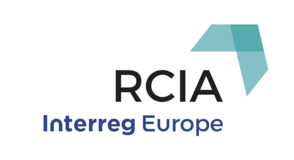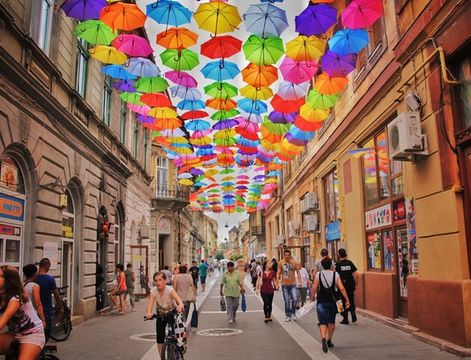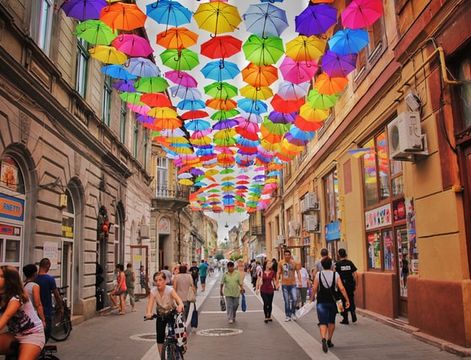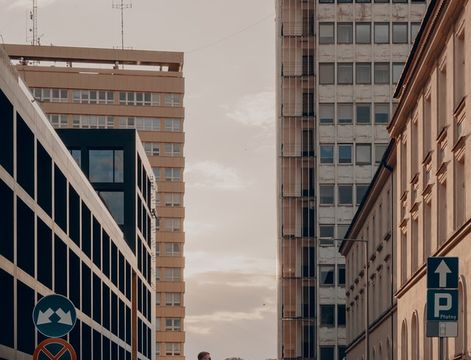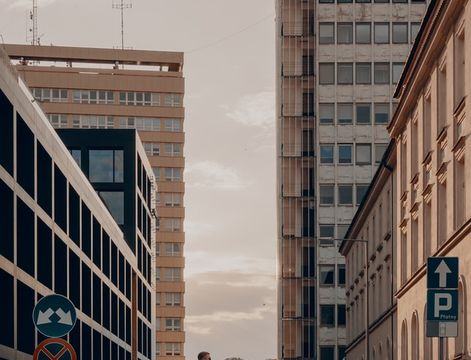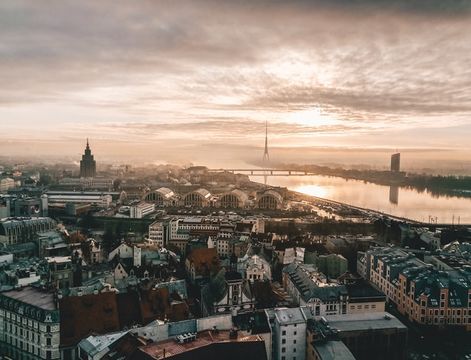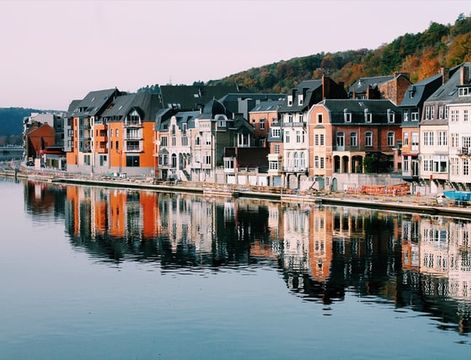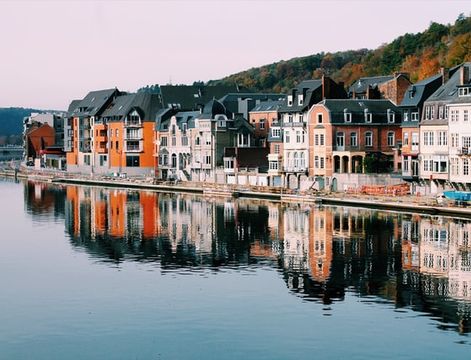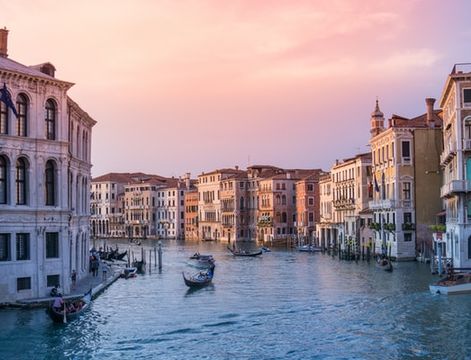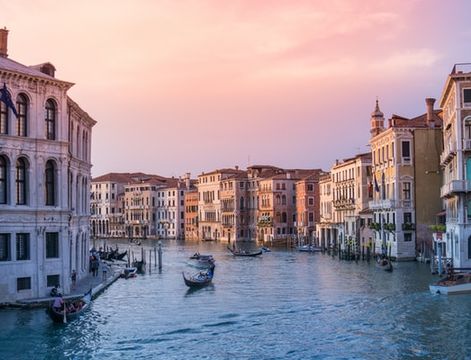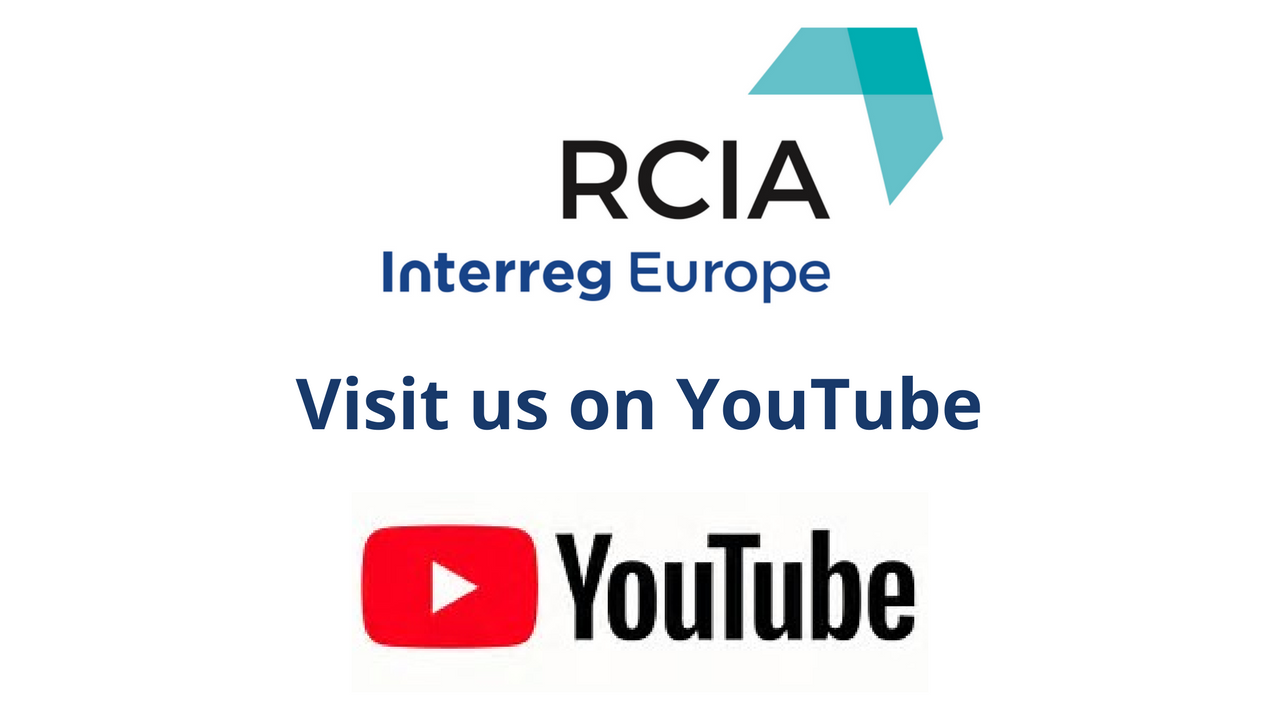On the 1st December, Fabra i Coats - Barcelona Art Factory, placed in Barcelona’s Sant Andreu neighbourhood, opened its doors to the public during “La Fabrica en Obert” (Open Factory). During the day, guided visits were organised, it was possible to visit resident artist’s workshops and it ended with the music and dance improvisation festival, The Exploding Fest.

Coinciding with the neighbourhood’s annual celebrations, the guided visit offered an occasion to learn more about the history behind this symbolic building, built between 1910 and 1920. Back in the day, it housed a factory of the leading yarn and textile manufacturers of the city. The building IS part of a bigger industrial complex with factory halls from different ages, where nowadays several entities and associations, as well as educative centres are placed.
The space was recovered in 2008 to transform it into an art factory within the Art Factory programme by the Culture Institute of Barcelona (ICUB). Its idea is to offer artists a space to work and meet with other creators.
Fabra i Coats is only one out of 11 art factories, which are part of a network of Art Factories, a municipal programme based on the transformation of old disused industrial buildings to turn it into new spaces destined to culture an artistic expression. The majority is specialised in different artistic disciplines as theatre, dance or visual arts. Fabra i Coats has the particularity of being the only multidisciplinary factory and directly managed by the ICUB.
The building has four floors and has been very well rehabilitated, in such a way that it has not lost its industrial essence and still conserves part of its original furniture. During the guided tour, participants discovered rehearsal rooms for performing arts, where during some weeks the singer Rosalía has been rehearsing; music rehearsal rooms, where groups like Mishima have performed; and multi-purpose rooms that host different events, among others festival concerts as relevant as MIRA. Project members also visited individual offices and coworking spaces, where they could interact with resident artists. Among them, some were developing projects linked to education and culture. Others were more related to fashion, as for example, Pedra, dedicated to the creation of costumes for scenic arts.
Overall, it was a great opportunity to bring citizens or, who knows, future artist residents of the factory closer to a space accessible by open public calls. Before leaving, the participants could also get to know other initiatives and projects carried out within the art factory, as Fabra Radio or Contemporary Art Centre of Barcelona Fabra i Coats.
